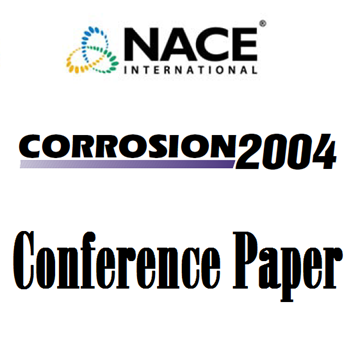Crystallization fouling has already been defined as one of the major problems in process industries. It is caused by precipitation from aqueous solutions of mineral salts which have inverse solubility. These solutions salt deposits form in parts of the equipment involved in water intensive properties like cooling or heating. The development precipitates on the metallic surfaces acts as an additional resistance to heat transfer preventing the proper operation of heat exchangers cooling towers or steam production boilers. As a result maintenance and operation costs are significantly higher.The formation of salt deposits is a complex process which is affected by several factors such as the supersaturation with respect to mineral phases the surface properties of the walls and fluid dynamics. The present work focuses on the investigation of the precipitation of calcium carbonate (CaCO3) and mixed calcium carbonate and calcium sulfate (CaSO4) deposits on the walls of a heated metal surface (specimen) of stainless steel (simulation of heat exchanger). All experiments were done at constant flow (2.3 ± 0.1 l/min) pressure and wall temperature (51± 1oC).Experiments related with the precipitation of calcium carbonate were done at supersaturation S in the range 22.90 - 40.47. The fouling rate and kinetics were studied by monitoring the solution specific conductance and measurements of the calcium concentration in samples withdrawn at various time intervals during the course of scale deposition. The fouling rate was calculated from the calcium-time profiles for various values of the solution supersaturation in the range of s between 3.78 – 5.38. From the plots of the rates as a function of the solution supersaturation it was found that crystals of calcium carbonate were formed on the heated metal wall by a surface diffusion controlled mechanism. Moreover it was verified that the precipitation was initiated at the metal surface selectively. The morphological examination of the deposits by Scanning Electronic Microscopy (SEM) suggested that the dominant mineral formed as calcite although aragonite and vaterite were found at lower proportions.Experiments designed for the investigation of the formation of mixed salts (calcium carbonate and calcium sulfate) were done at similar conditions over the supersaturation range S= 5.25 - 17.38 with respect to aragonite and in the range between S= 1.86 - 6.16 with respect to gypsum. These series of experiments showed again that precipitation was initiated at the wall surfaces. Analysis of the kinetics of precipitation as a function of supersaturation with respect to aragonite showed that the mechanism of crystallization fouling was found to be surface diffusion controlled. When however kinetics were analyzed as a function of supersaturation with respect to gypsum the mechanism of crystallization fouling was found to be controlled by bulk diffusion. SEM and XRD (X-ray diffraction) analyses of the solids deposited on the walls of the heated specimen consisted of gypsum and aragonite. Examination of the morphology of the deposit crystallites suggested that gypsum crystals grow on the crystals of aragonite which preceded in the sequence of deposition events.




